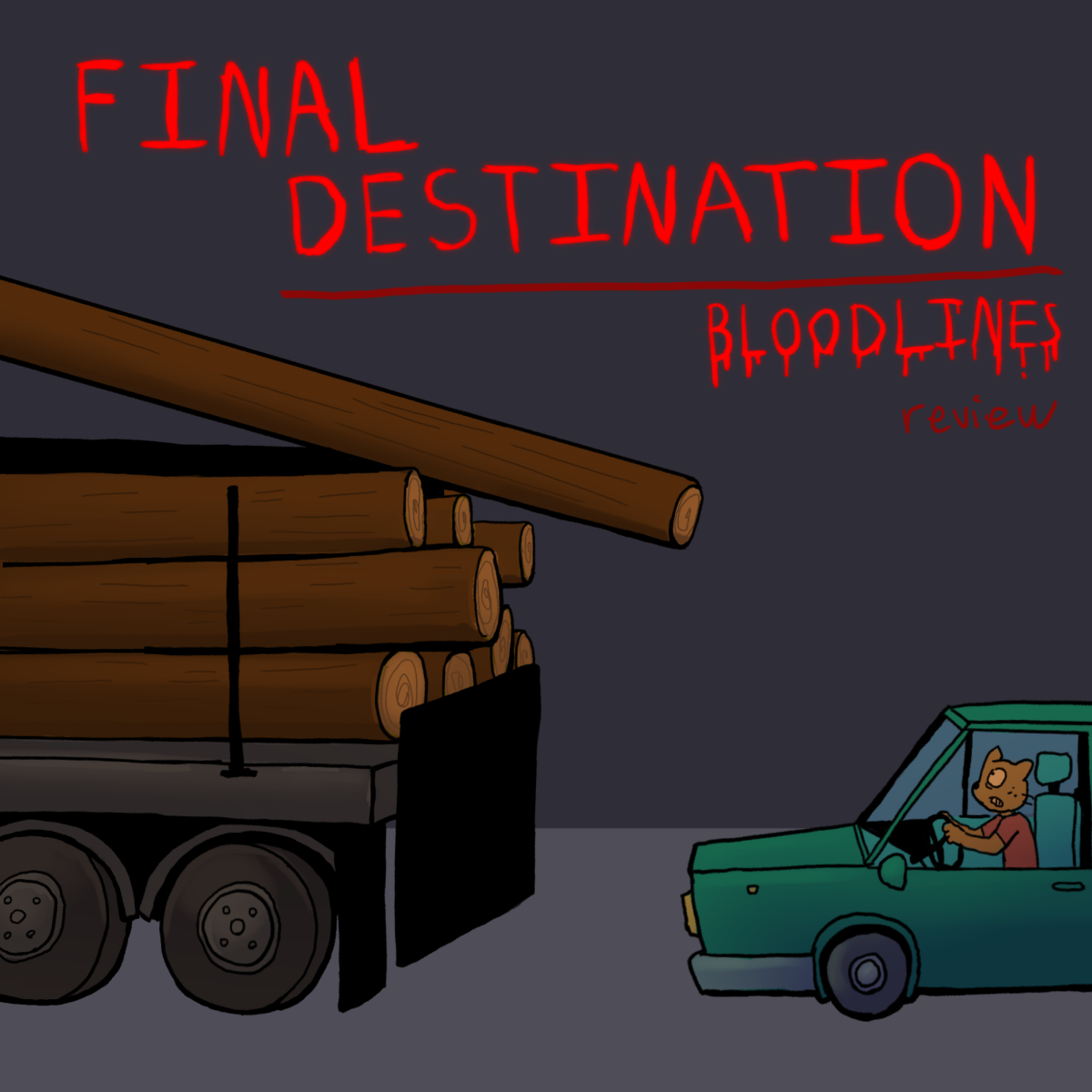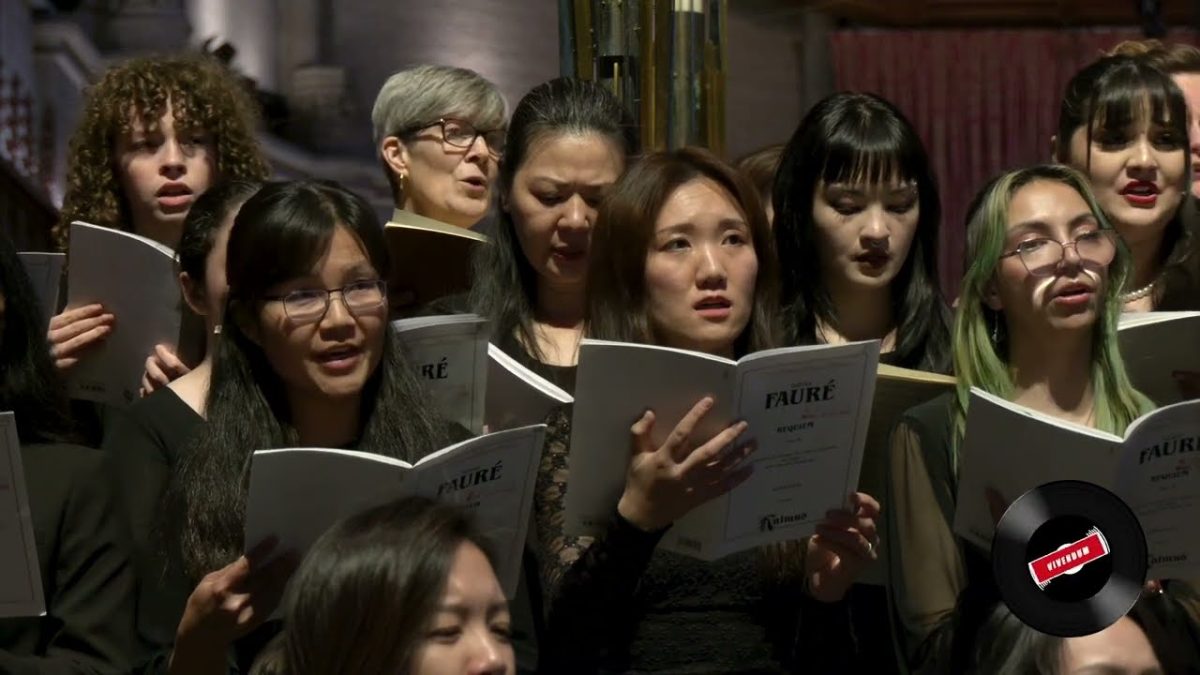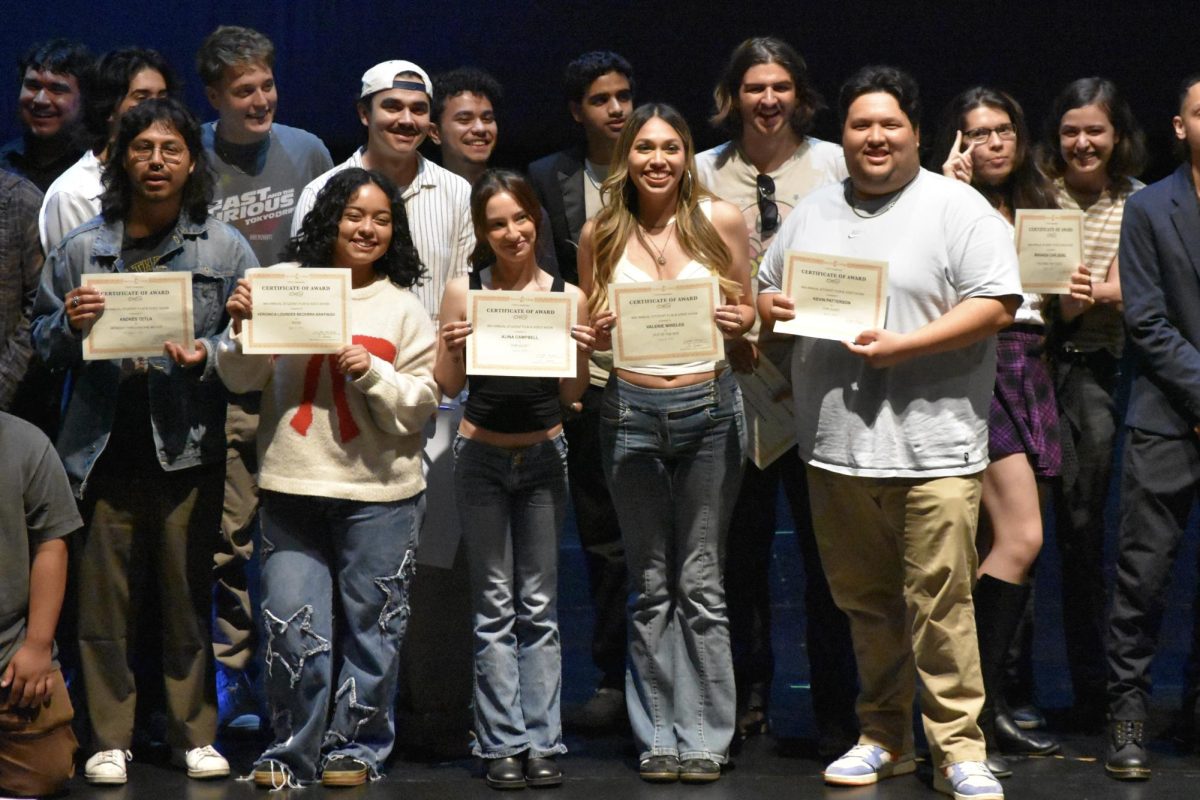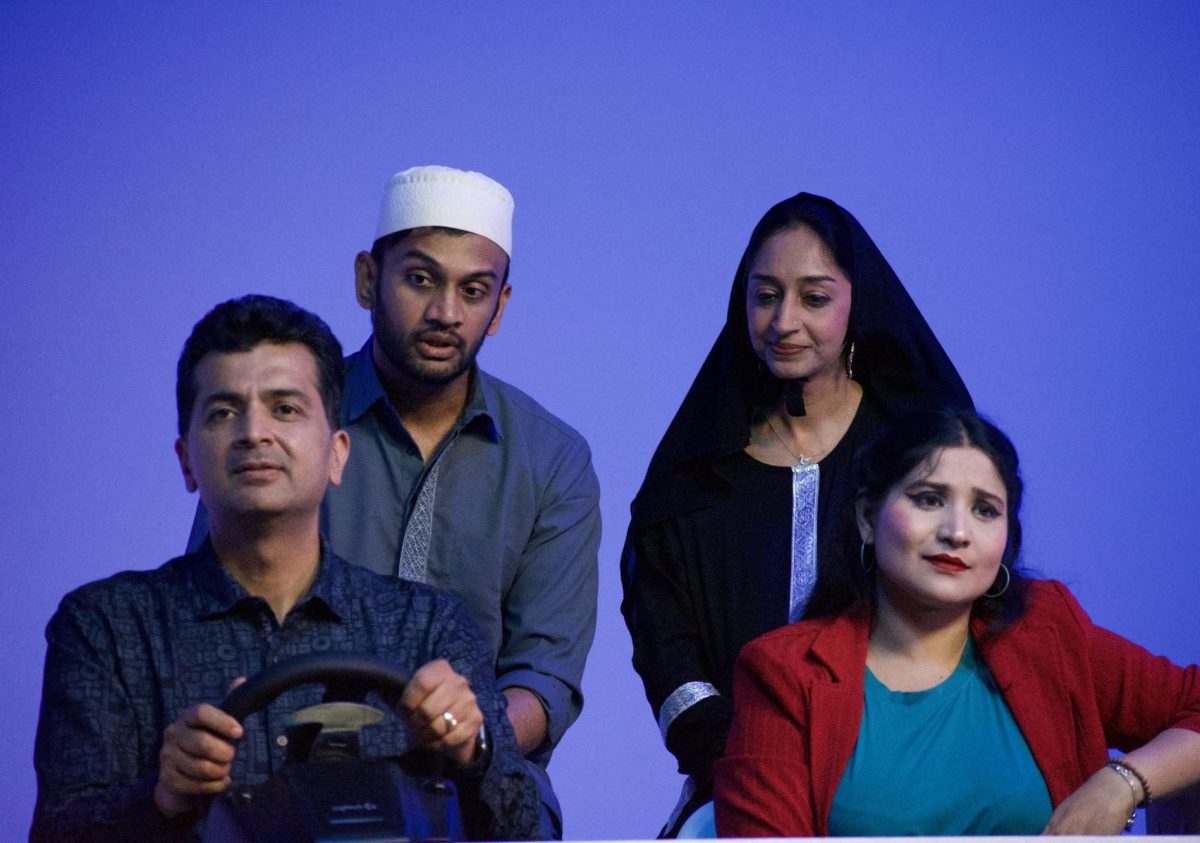After a 14-year hiatus, the horror franchise that traumatized multiple generations into changing lanes at the sight of logging trucks is back. “Final Destination Bloodlines” resurrects the movie franchise from the cinematic graveyard and delivers a fresh take on the formulaic narrative blueprint, which is known for its intricate, Rube Goldberg-style death scenes. This time, the movie weaves those chain reactions into a deeper mythology that stretches further than ever before.
Directed by Zach Lipovsky and Adam Stein, “Bloodlines” adds a twist — this time, fate takes the long route, waiting decades before targeting descendants of individuals who escaped tragedy, implying that evading death only delays the inevitable.
Haunted by recurring nightmares of her grandmother’s death, college student Stefani Reyes, played by Kaitlyn Santa Juana, returns home to uncover the truth behind her disturbing visions. Her grandmother, Iris Campbell, is portrayed at different ages by Brec Bassinger and Gabrielle Rose. As strange and deadly accidents begin to unfold, Stefani realizes her nightmares may not be dreams at all, but warnings from death itself.
The dread builds not from gore, but from the unpredictability of each death scene. The camera lingers on seemingly harmless objects: a shard of glass in a drink, a rake beneath a tearing trampoline, a barbecue pit slowly heating up. Puzzle pieces are laid out, but the full picture doesn’t come together until the exact moment death strikes. The death scenes are compelling because they unfold in deceptively ordinary settings: a backyard barbecue, a front porch or a hospital room — death can come from anywhere.
What makes “Bloodlines” stand out is its fresh take on family dynamics. Instead of centering around strangers or co-workers, the film focuses on characters who’ve known each other for years, adding a layer of warmth and camaraderie that the earlier entries lacked. Their chemistry makes the setup much more grounded — such as during a dinner scene when the two siblings argue over Stefani’s absence since moving away to college, the same way their mother left them. You can feel the simmering tension rise above a scene full of playful banter.
Erik, played by Richard Harmon, is the oldest sibling from the other side of the extended family and steals every scene he’s in. He brings levity to scenes without undercutting the stakes. Harmon’s performance enhances the film’s personality where it would have otherwise relied on its tried and true formula.
Unfortunately, the wooden performance by Stefani Reyes’s brother Charlie, played by Teo Briones, blunts the emotional weight of the story, especially during the film’s most intense moments. In a moment that demands raw emotion, Briones delivers only a vague look of confusion. With one eyebrow raised and no real feeling behind his expression, I was left wondering if he even knew what his character was supposed to be feeling.
With that said, the film is an enjoyable ride. The death scenes are creative, the mythology deepens, and the film manages to mix familiar thrills with clever twists. While the movie delivers new concepts, it doesn’t reinvent the franchise; it does enough to keep the concept alive and fun.
Rating: 3.5/5













